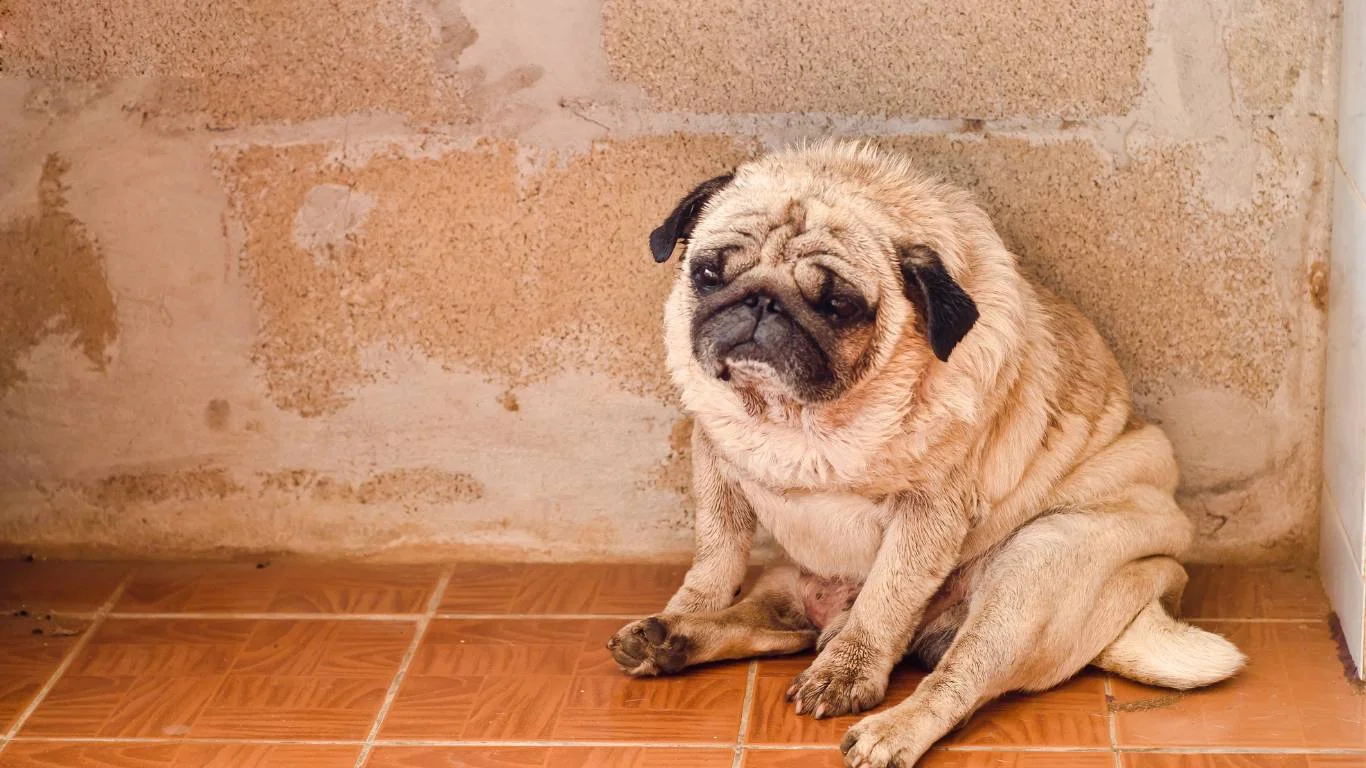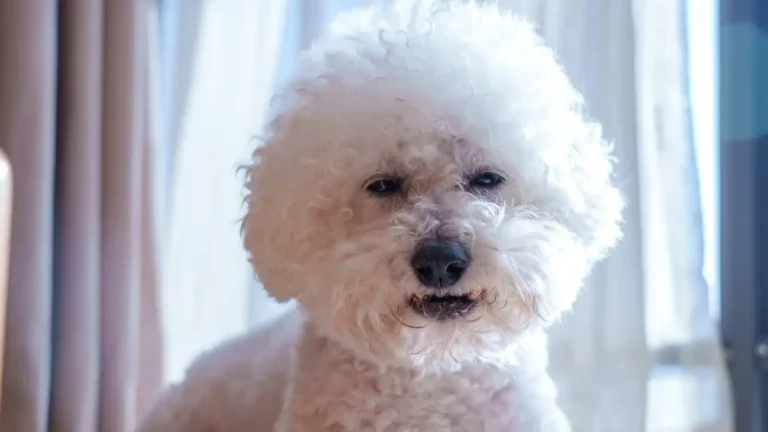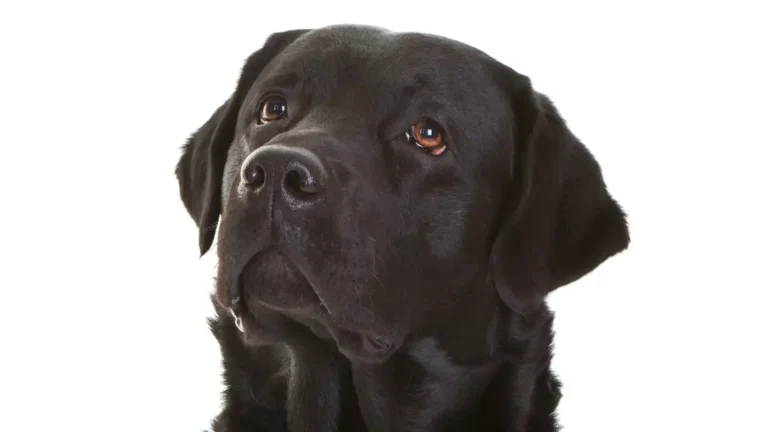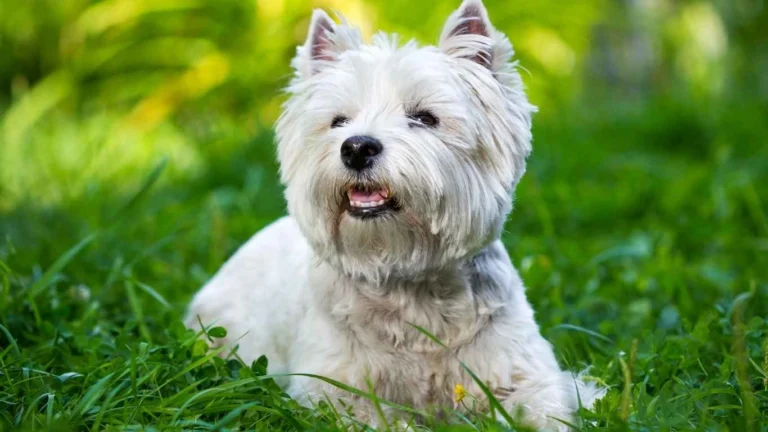Essential Dog Health Tips Every Owner Must Know
Hey there, fellow dog lovers! I’m Tarra, and if there’s one thing I’ve learned from over a decade of working as a Canine-Assisted Therapy Trainer, it’s this: understanding your dog’s health goes way beyond vet visits and vaccinations. Whether you’re a brand new puppy parent or a seasoned dog whisperer, there are some essential dog health tips every owner must know to keep your furry friend wagging their tail for years to come. I’ve seen too many well-meaning pet parents overlook the basics—and that’s where things can go sideways fast. So, I’m breaking it all down in a way that’s easy to follow, personal, and (hopefully) kind of fun. Let’s get into it!
Why Everyday Wellness Matters More Than You Think
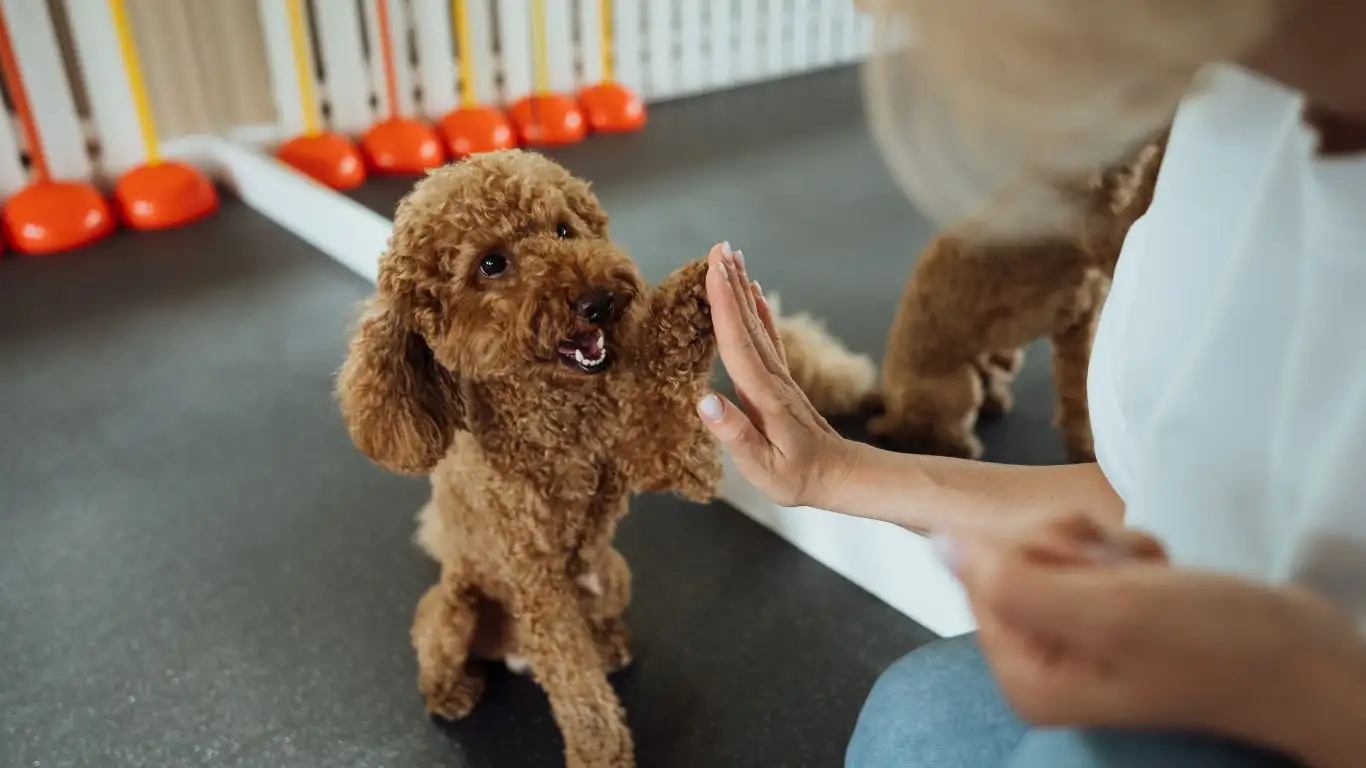
Most of us think of dog health in terms of emergencies—limping, vomiting, or that dreaded cone of shame. But real dog wellness? It starts way before anything feels “wrong.” When I was training therapy dogs for hospital programs, it became super clear that the healthiest dogs weren’t the ones who just saw the vet every six months. Nope. They were the ones whose humans were tuned into their daily routines—appetite, energy, poops (yeah, we’re going there), and behavior.
Trust me, it’s the little stuff. Catching changes early can prevent major issues down the road. Think of it like brushing your teeth instead of waiting for a root canal. Way less painful and way cheaper.
Daily Routines = Early Detection
One of the things I always teach in therapy training is how to read your dog’s baseline. That means you get to know what’s “normal” for your pup so when something’s off—even a little—you’ll pick up on it. Here’s what to track daily:
- Appetite: Eating too fast? Suddenly picky? Skipping meals?
- Water intake: Drinking more than usual? Less?
- Poop & Pee habits: Yes, keep an eye on those stools—color, consistency, frequency. Gross but vital.
- Energy level: Extra sleepy or suddenly hyper can both be red flags.
- Temperament: Is your dog avoiding touch? Acting snappy? That’s their way of saying something’s up.
When I had a Lab mix named Willow in training, her usually boundless energy dipped slightly one morning. Nothing dramatic, just a little off. We caught early-stage Lyme disease because I paid attention and had her checked out that afternoon. One vet visit later, she was back to herself in no time.
Nutrition Is the Foundation of Everything
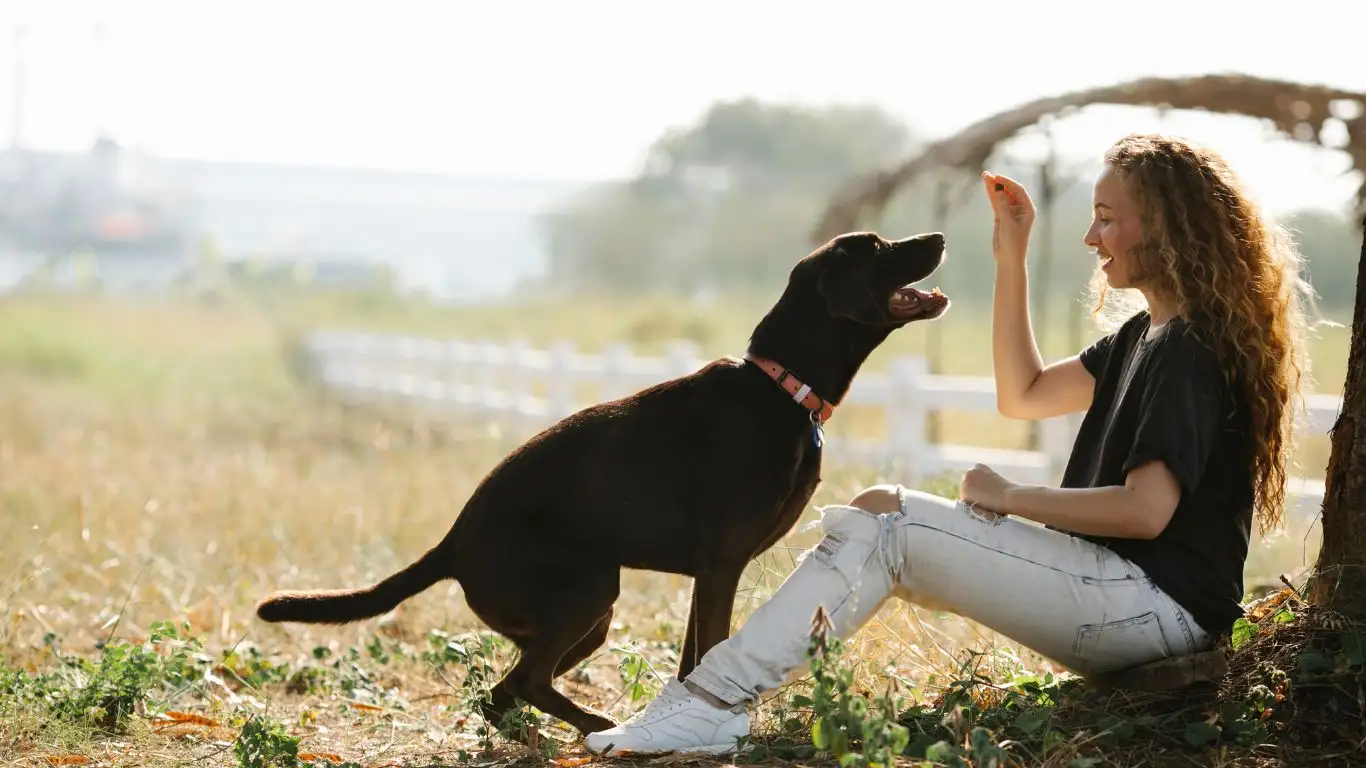
Let’s talk kibble, raw, home-cooked—oh my! Nutrition is a hot topic, and for good reason. The truth is, what your dog eats affects everything from coat quality to joint health to mood. Yes, really—diet impacts behavior more than people think. I had one Golden Retriever in my therapy group who was aggressive with kids (a big no-no, obviously). Turned out it wasn’t a training issue—it was food sensitivity causing gut inflammation and irritability.
What to Look For in Dog Food
Choosing the right food doesn’t mean grabbing the fanciest bag on the shelf. Here’s a breakdown of what I recommend looking for, based on experience and way too many hours of label reading:
- Named Proteins First: Chicken, lamb, beef—not “meat meal” or mystery meat.
- Limited Fillers: Avoid corn, soy, and artificial colors or flavors. Dogs don’t need a rainbow in their bowl.
- Omega Fatty Acids: These support brain function, joints, and coat health. Think salmon oil or flaxseed.
- Digestibility: Probiotics and fiber help keep tummies happy and poops consistent.
And yes—treats count! What you give your dog between meals adds up. I always tell clients: if you wouldn’t eat it, don’t feed it. (Well, unless it’s liver. Your dog loves it. You probably don’t.)
Raw and Homemade Diets: Worth the Hype?
Short answer: maybe. Long answer? It depends on your lifestyle, your dog’s needs, and how educated you are about canine nutrition. I’ve seen raw diets transform dogs with chronic allergies. I’ve also seen DIY meals land pups in the ER with vitamin deficiencies. If you go this route, consult a veterinary nutritionist. Not a Reddit forum. Please.
Hydration: The Most Overlooked Health Tip Ever
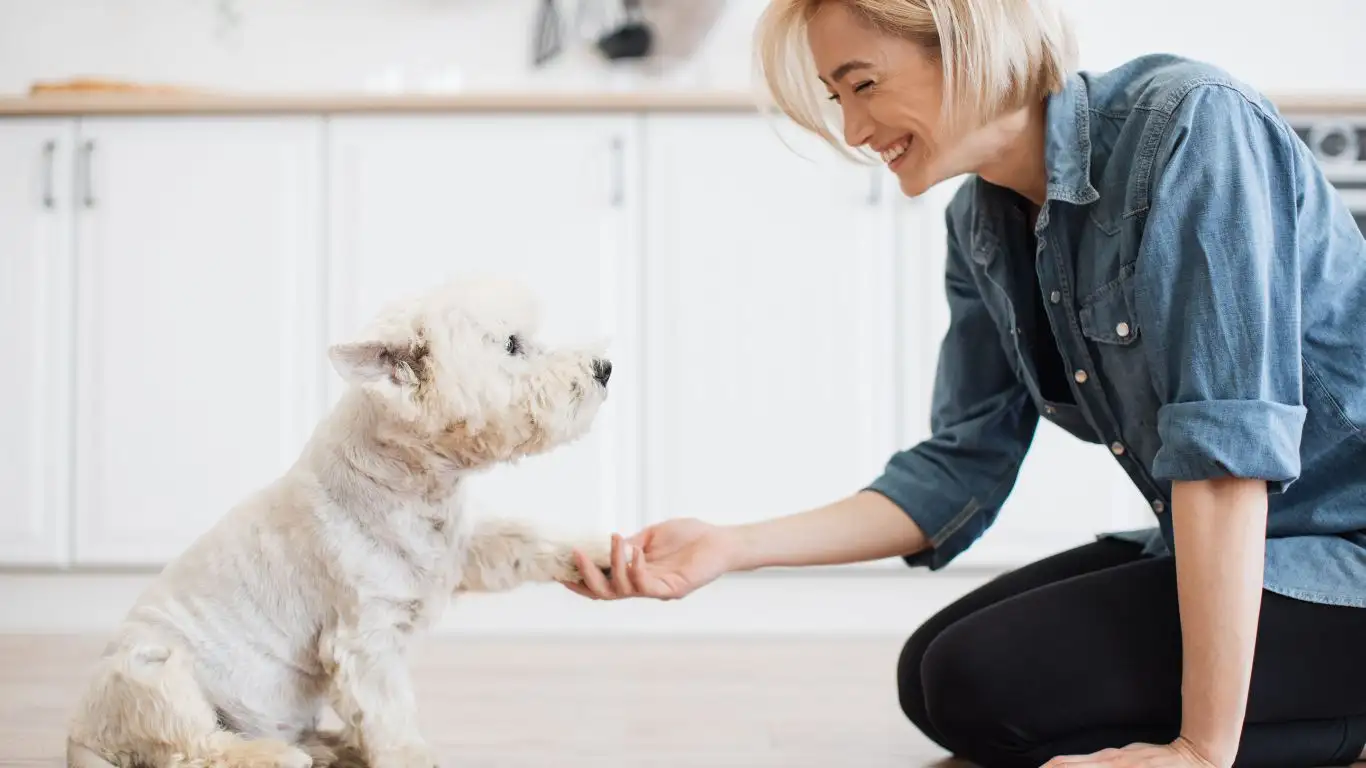
I’m gonna be blunt: dogs need more water than most owners think. Especially if they’re active, on a kibble diet, or it’s hot outside. Dehydration can sneak up quickly and mimic other issues like fatigue, crankiness, or even digestive upset. When I did volunteer work at a summer dog camp (yep, that’s a thing!), I carried extra collapsible bowls because so many pups were running around panting without water access.
Here’s a quick trick I share with clients: pinch your dog’s skin at the shoulders. If it snaps back right away, you’re good. If it stays tented? Hydrate them, stat.
Exercise Isn’t Just for Energy—It’s for Health and Behavior
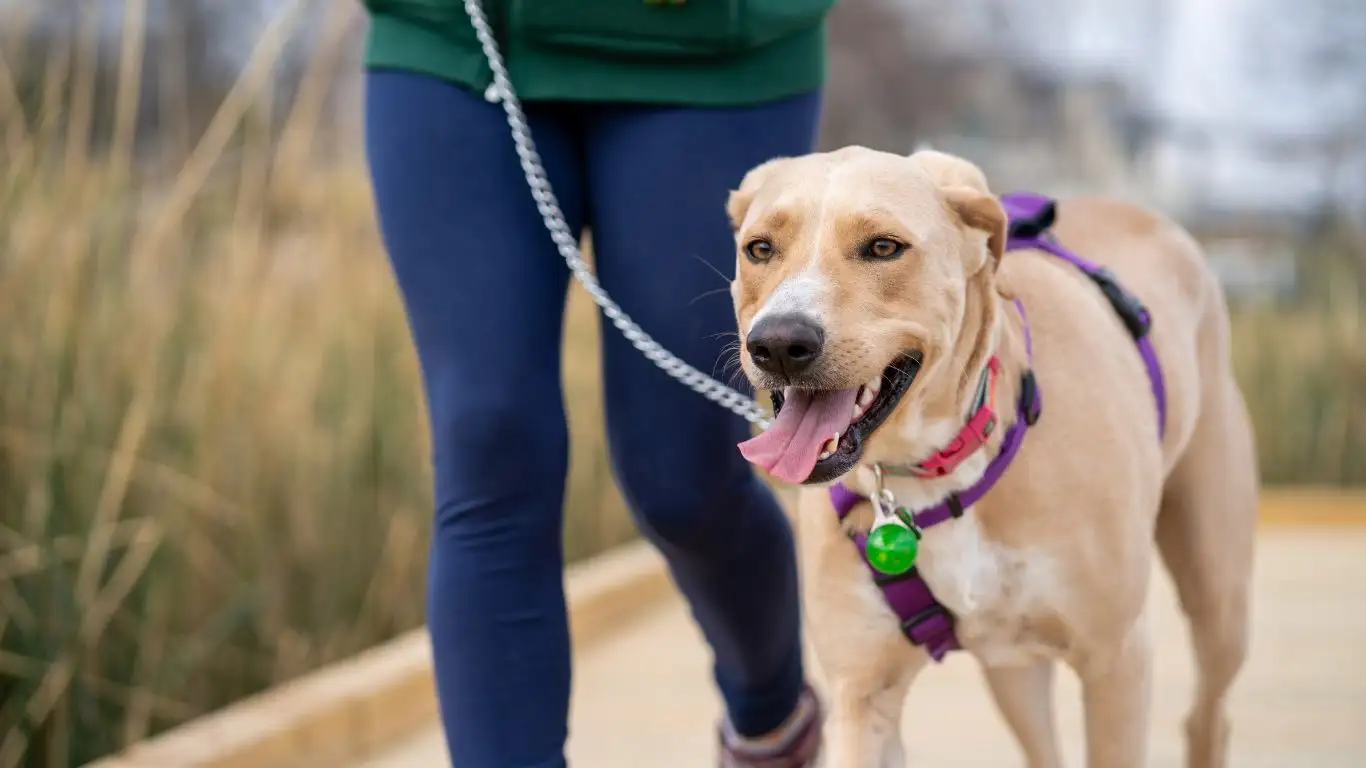
Let me just say this loud and clear—most dogs aren’t getting nearly enough exercise. I know, life gets busy. But dogs are built to move. And when they don’t? You get weight gain, joint stiffness, digestive issues, and behavior problems like chewing the couch or turning your favorite sneakers into confetti. Been there. Literally had to replace two pairs of running shoes before I wised up with my border collie, Juno.
Exercise is about more than wearing them out—it’s essential for keeping their body systems functioning properly. Movement supports digestion, reduces inflammation, builds muscle (which protects joints), and even helps with anxiety. Yep, a 30-minute sniff walk can calm a reactive pup better than most meds.
How Much Exercise Does Your Dog Actually Need?
This varies by breed, age, and health, but here’s a general guide I go by with my therapy dog clients:
- Puppies: Short bursts of activity throughout the day (5 minutes per month of age, twice a day)
- Adults (active breeds): 1-2 hours of mixed activity daily (walking, running, agility, fetch, sniffing)
- Seniors: Gentle movement daily—walking, water therapy, light play to keep joints limber
Pro tip: Don’t skip mental exercise! Scent games, puzzle feeders, or even hide-and-seek with treats are gold. When I introduced these games into our therapy dog training sessions, we saw big improvements in focus and stress reduction.
Grooming: More Than Just Looking Good
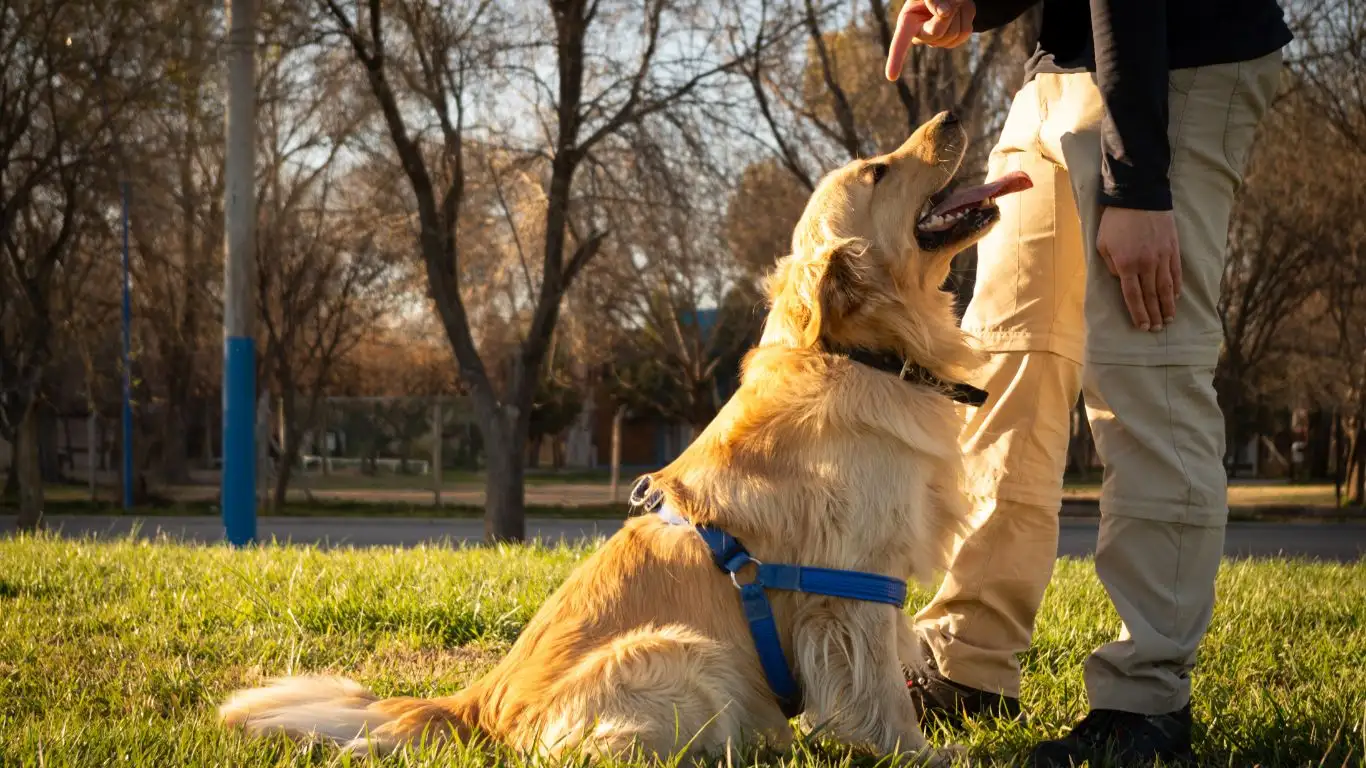
Grooming isn’t just about smelling nice or winning “Best Dressed” at the dog park. It’s a health essential. Regular grooming helps prevent skin infections, matting (which can be painful and restrict movement), ear issues, and even behavioral problems linked to discomfort. Plus, it’s a bonding opportunity—when done right, grooming can be soothing and stress-relieving for both of you.
Back when I worked with therapy dogs in retirement communities, grooming was part of our weekly prep. A clean, well-brushed dog is not just more huggable—they’re also more confident and relaxed. And guess what? Residents noticed! One lady even joked that our dogs had better hair than her.
Key Grooming Tasks to Stay on Top Of
- Brushing: How often depends on coat type. Daily for long-haired breeds, a few times a week for short-haired.
- Bathing: Every 4-8 weeks, unless they roll in something foul (which, let’s be honest, happens).
- Ear checks: Weekly! Especially for floppy-eared breeds like spaniels or hounds.
- Nail trimming: Every 3-4 weeks. If you hear clickety-clacks on the floor, it’s time.
- Teeth brushing: Ideally daily, but at least 3x a week to prevent plaque and nasty breath.
I know a lot of dogs hate nail trims—I’ve had to get very creative. One trick? Peanut butter on a silicone lick mat stuck to the tub wall. Works wonders, and suddenly it’s spa day instead of struggle bus.
Preventative Care: Don’t Wait for a Problem
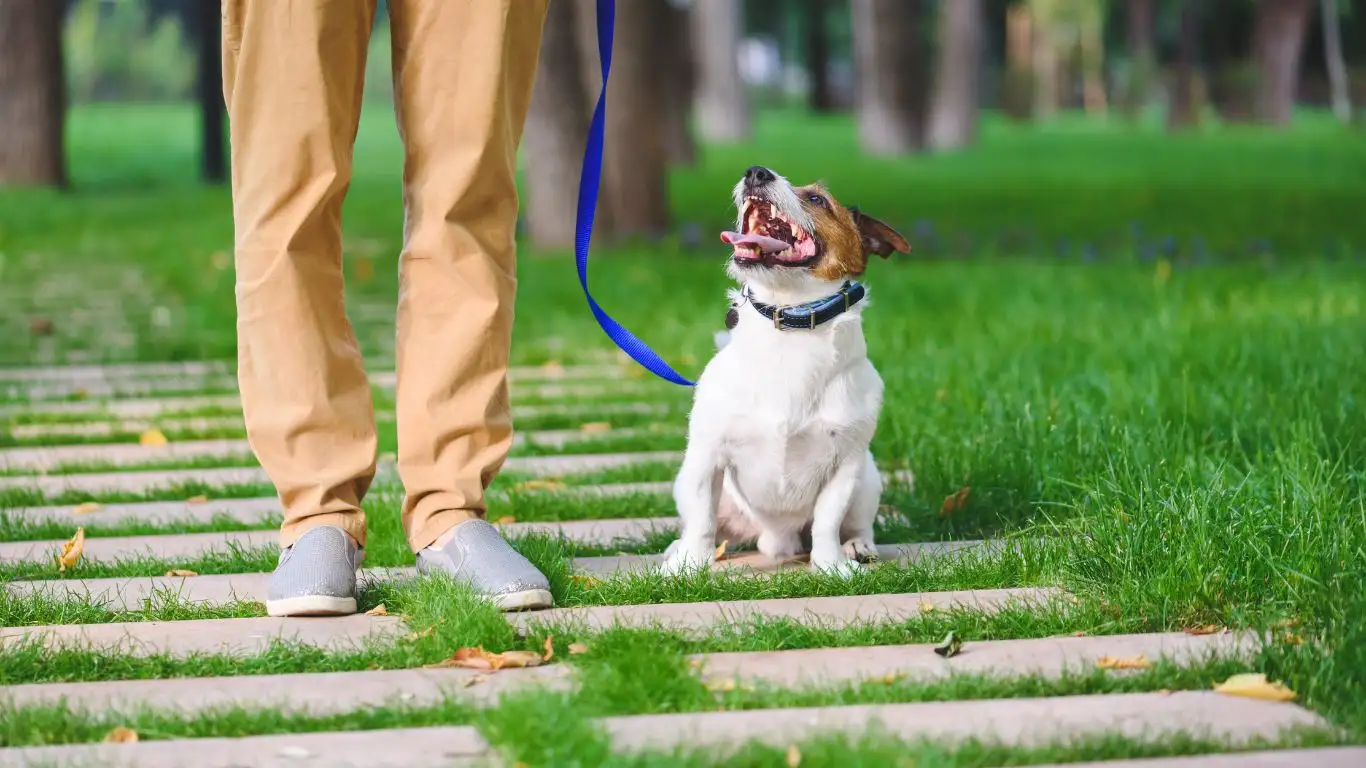
Here’s the thing—dogs can’t tell us when they’re hurting, and by the time we notice something’s wrong, it might already be serious. That’s why preventative care is a cornerstone of the essential dog health tips every owner must know. Regular checkups, bloodwork, and dental exams can catch things you’d never spot on your own.
I remember one of our therapy dogs, Max, a 10-year-old beagle mix, who came in acting totally normal. Slightly lazier, maybe, but nothing dramatic. His vet visit showed early kidney issues—caught in time thanks to routine bloodwork. He got treatment early and lived three more happy, treat-filled years.
Core Elements of Preventative Dog Health Care
- Annual Vet Visits: Even if your dog seems healthy, don’t skip these. Think of them as “insurance.”
- Vaccinations: Tailored to your region and lifestyle. Rabies is a must. Leptospirosis, Bordetella, and Lyme depend on exposure risk.
- Flea, Tick & Heartworm Prevention: Year-round, even in winter if you’re in warmer climates.
- Dental Care: Professional cleaning when needed—especially if you’re noticing tartar, bad breath, or bleeding gums.
- Baseline Bloodwork: Especially for dogs over 7. Think of it like a check-engine light for their organs.
If you’ve ever faced an emergency vet bill, you know it ain’t cheap. Preventative care might feel like an added cost up front, but it saves money, heartache, and panic down the line. Trust me—nothing ruins a weekend like a midnight dash to the ER over something that could’ve been avoided.
Alright, still with me? You’re already doing your dog a huge favor just by learning all this. Let’s keep the momentum going. We’ll dive into more health essentials in the next section—like how environment, stress, and enrichment play major roles in your pup’s well-being. Spoiler: it’s not all about squeaky toys and belly rubs.
Emotional Wellness and Environment Matter More Than We Realize
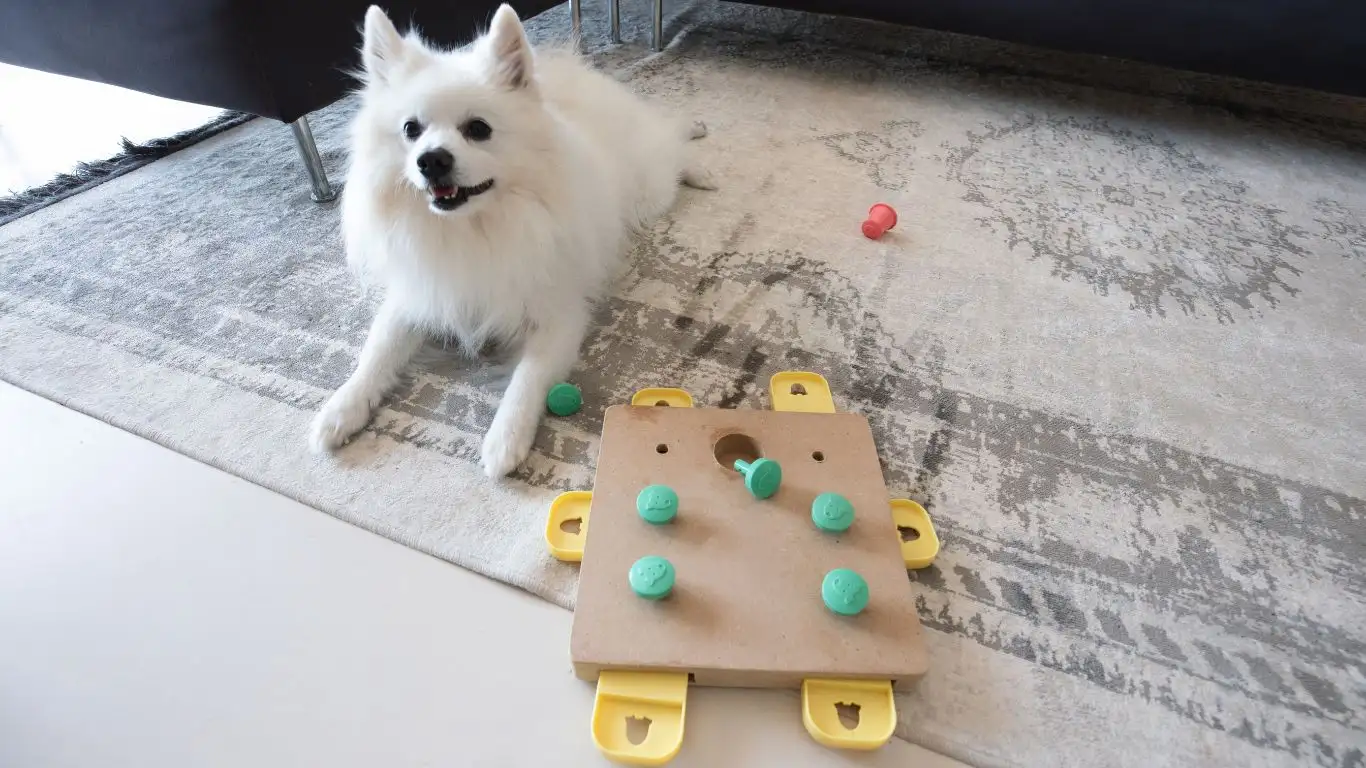
Alright, here’s something that doesn’t get talked about nearly enough when we think of essential dog health tips every owner must know: emotional health. Yep, your dog’s mental and emotional state is just as critical as their physical well-being. Over the years, I’ve worked with hundreds of dogs, and I can say with confidence that stress can wreck their immune systems, alter behavior, and even lead to long-term health issues.
Dogs pick up on everything—your tone, your mood, the energy in the room. I once trained a rescue named Benny who shut down completely every time the household got loud. We started using calming music, gentle handling, and added structured enrichment activities. Within weeks, he went from hiding under the couch to happily engaging in therapy sessions. It was honestly one of the most rewarding transformations I’ve witnessed.
Signs Your Dog May Be Stressed or Understimulated
- Excessive licking or chewing (especially paws or tail)
- Restlessness or pacing at odd hours
- Destructive behavior (usually boredom or anxiety-driven)
- Hiding, shaking, or sudden aggression
If you’re seeing any of these signs, it might be time to reevaluate your pup’s environment, routine, and how you’re meeting their social and emotional needs.
Enrichment: It’s Not Optional, It’s Vital
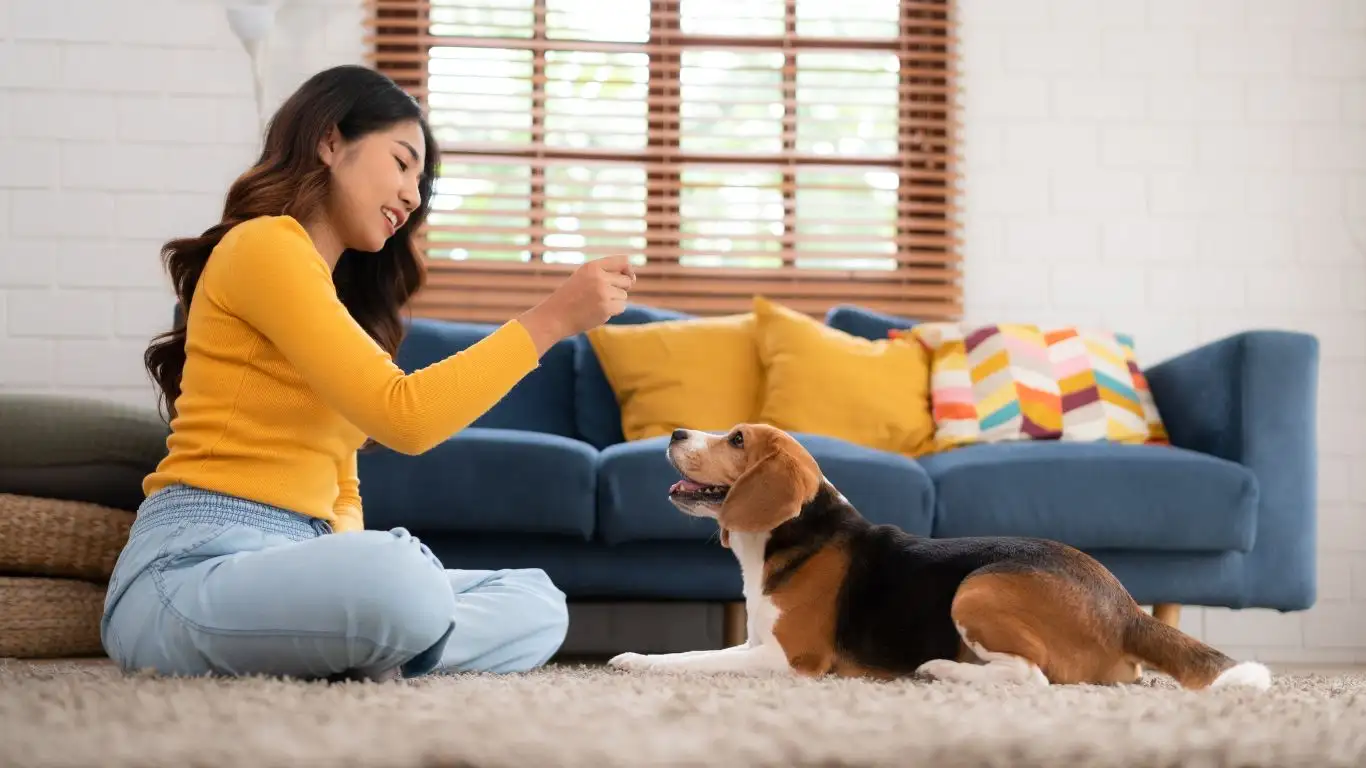
Think enrichment is just about fancy toys? Think again. Enrichment is anything that engages your dog’s brain, body, and natural instincts. Without it, dogs become frustrated, anxious, or even depressed. I’ve seen it happen—especially with working breeds like shepherds, retrievers, and terriers.
Here’s what I usually recommend to my clients, and use myself with the therapy dogs I train:
Easy Enrichment Ideas You Can Do Today
- Scent work: Hide treats around the house or yard and let them sniff them out (start easy!).
- Puzzle feeders: Turn mealtime into a mental game—there are tons of options, from Kongs to snuffle mats.
- Training sessions: Short and fun—think 5-10 minutes of trick training or obedience refreshers. It builds confidence!
- Varied walks: Let them lead the way sometimes. Sniffing new routes is mentally stimulating.
- Playdates: If your dog is social, safe doggy meetups can work wonders for their spirit.
I had a client with a senior rescue beagle who seemed “lazy” at first. Turns out, he was just understimulated. After we introduced nose work and changed up his walking routes, he started lighting up like a pup again. Never underestimate how much dogs need to work their brains to feel fulfilled.
Final Thoughts: Small Steps, Big Impact
If there’s one takeaway from this whole guide, it’s this: You don’t have to be perfect. You don’t have to do it all overnight. But being proactive with your dog’s health—from what they eat, how they move, to how they feel inside—is the biggest gift you can give them. And the good news? Dogs are forgiving. They live in the moment. Every effort counts.
Whether you’re just now realizing your dog’s nails are overdue for a trim (hey, it happens!) or you’re planning out a whole new enrichment routine, it’s all progress. Your dog doesn’t need perfection—they just need you, paying attention and trying your best.
And as someone who’s trained dogs in nursing homes, airports, schools, and shelters—I can tell you this: The healthiest dogs aren’t necessarily the fanciest-fed or most spoiled. They’re the ones whose people show up every day, observe, adjust, and care deeply.
Helpful Resources & Further Reading
- American Kennel Club – Great resource for breed-specific care and training tips
- PetMD – Covers everything from health conditions to nutritional advice
- Health.com – Useful for understanding how human wellness concepts apply to pets
- National Institutes of Health – Some fascinating studies on human-animal interaction
Disclaimer
This article is based on my personal experience as a Canine-Assisted Therapy Trainer and general best practices in the field. It is not a substitute for professional veterinary advice. Always consult with your veterinarian for specific health concerns or treatment plans tailored to your dog’s unique needs.
